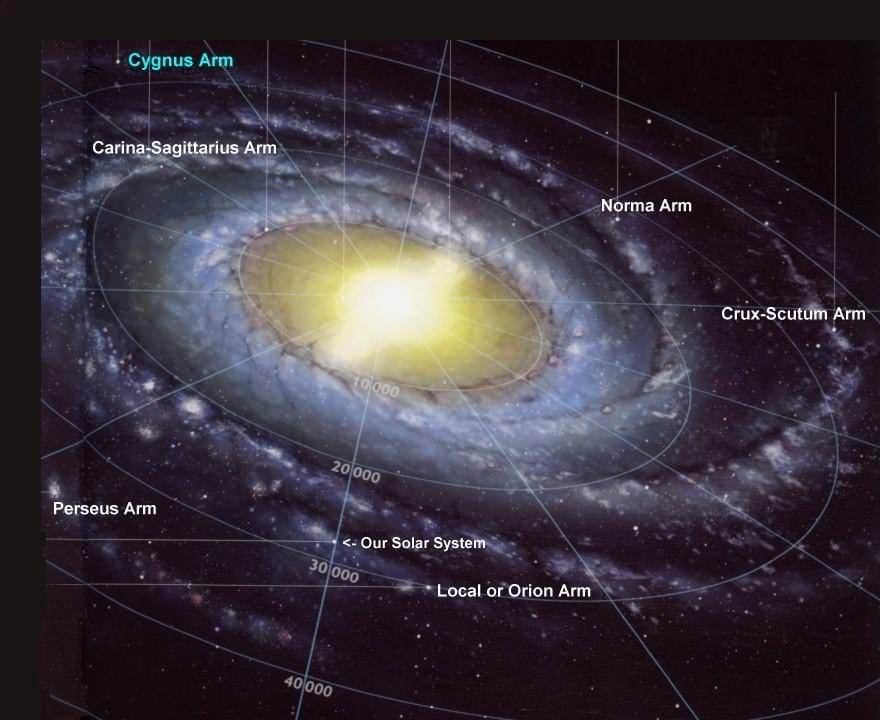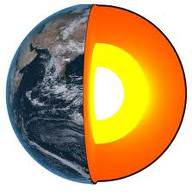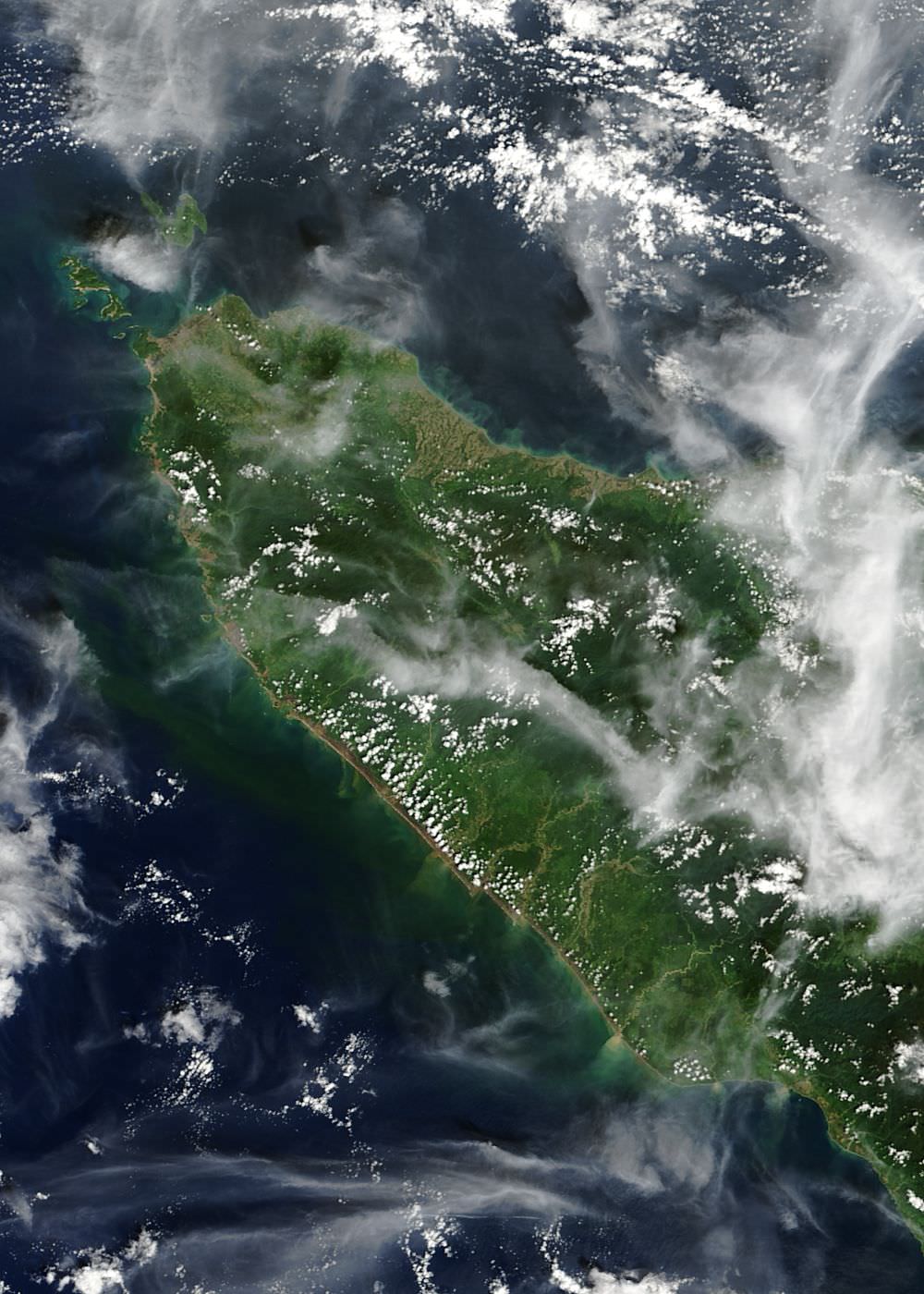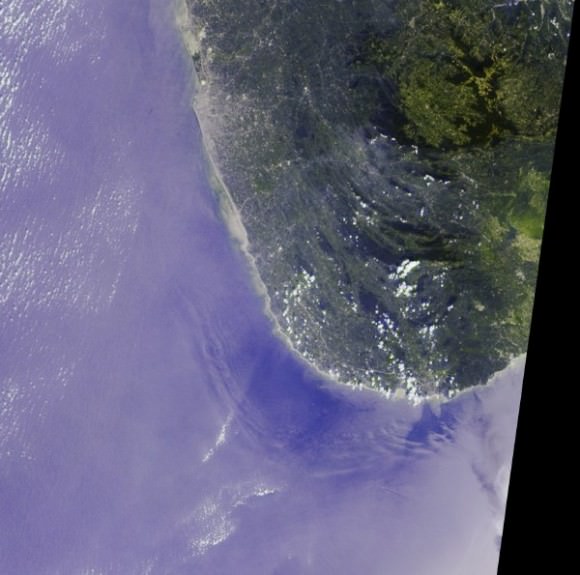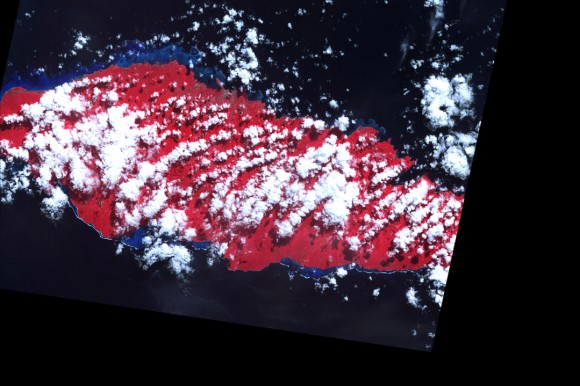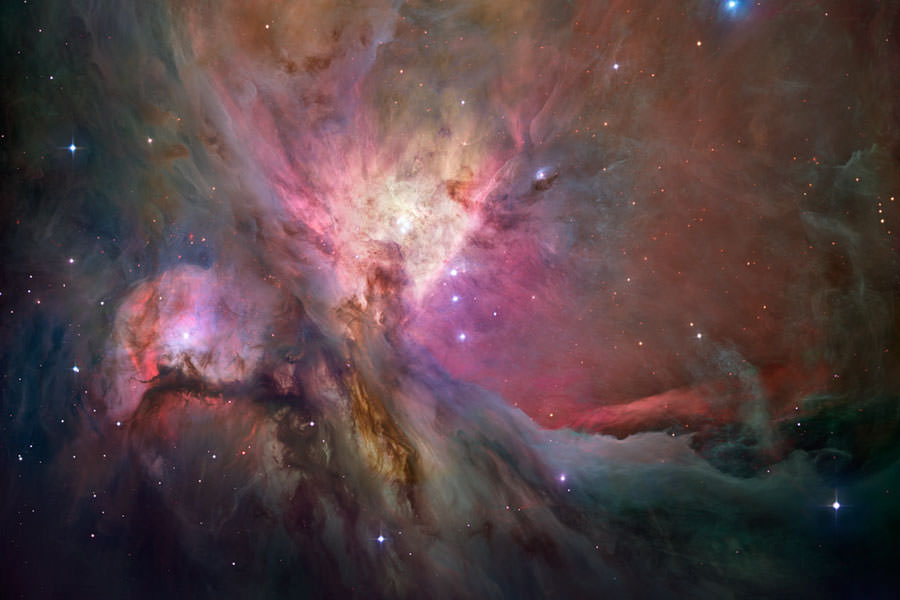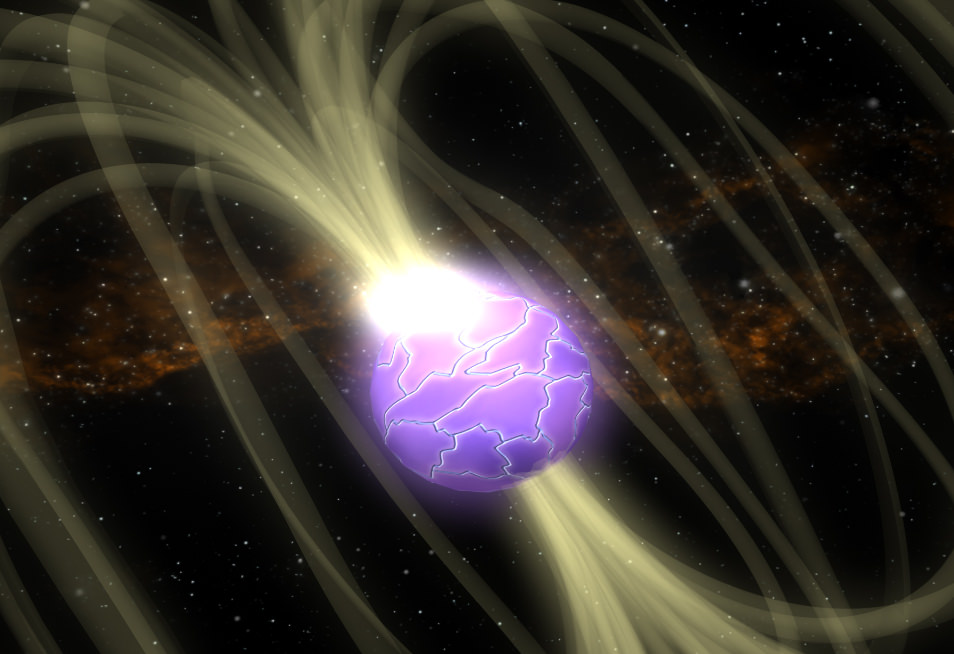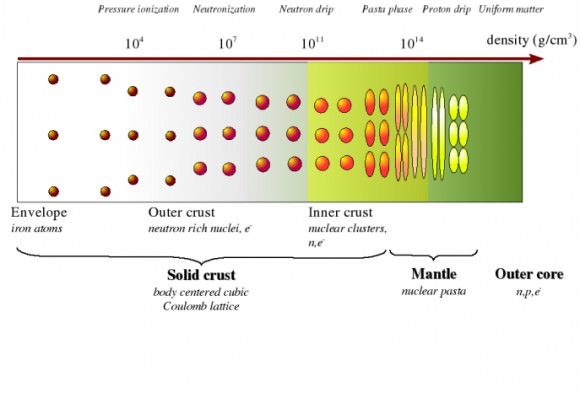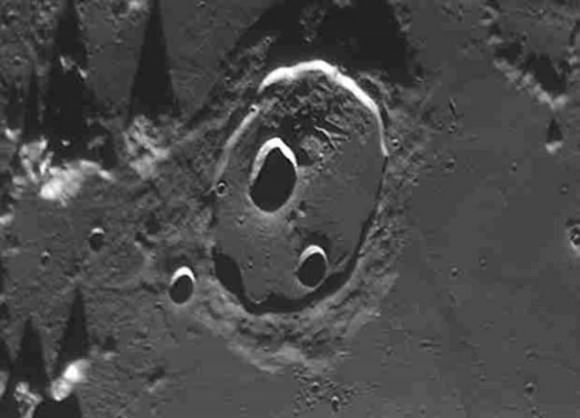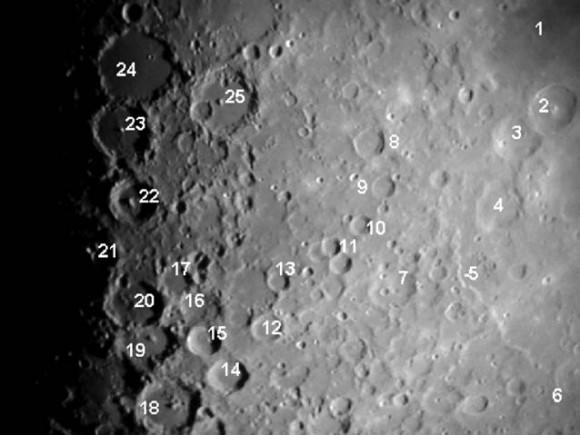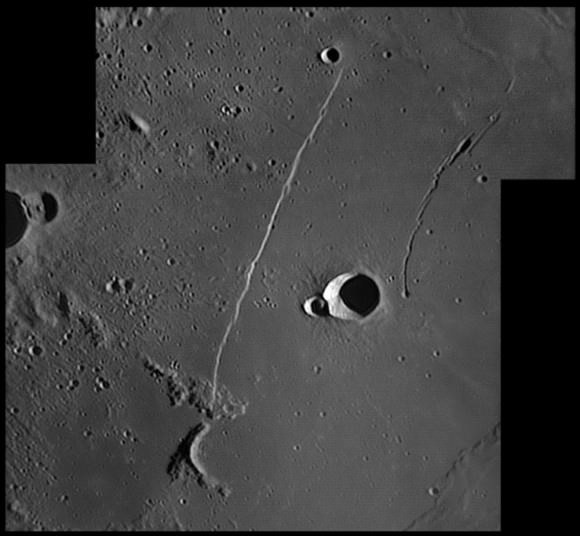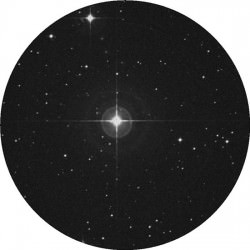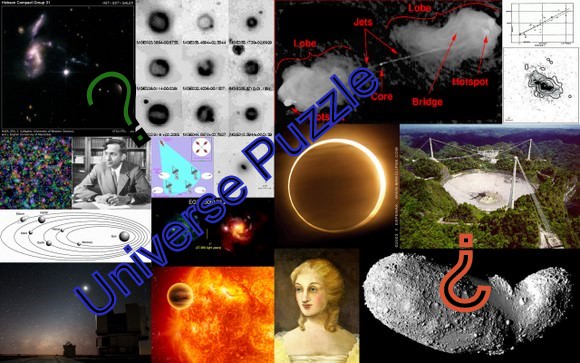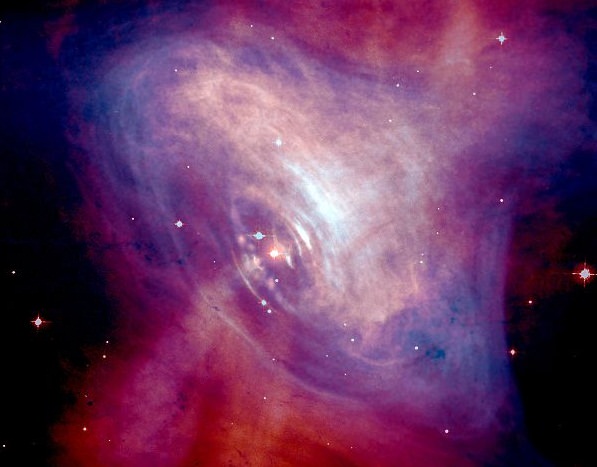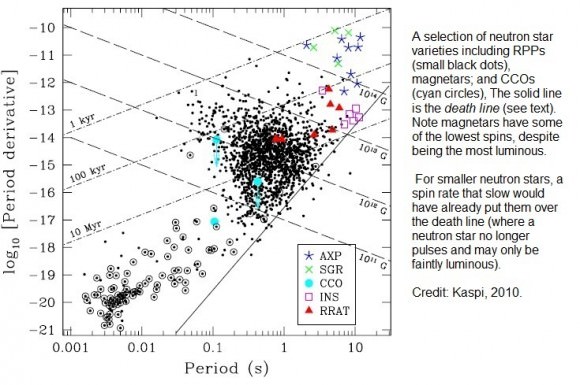Greetings, fellow SkyWatchers! It is just amazing how much the night sky can change when you’re out of commission for a few weeks. Where did Orion go? If you’ve been missing your own “starry nights”, then why not celebrate the weekend with some of the finest objects this time of year has to offer? It’s a great time to get into the “Queen’s Hair”, get a “Blackeye” and rustle up a pair of very impressive gobular clusters! Whenever you’re ready, I’ll see you in the back yard….
 May 14, 2010 – On this date in 1973, the United States launched its first manned space station and largest payload up to that time, Skylab 1. The orbiting laboratory housed crews of astronauts, performed experiments, and taught us much before its fiery return to Earth in July 1979.
May 14, 2010 – On this date in 1973, the United States launched its first manned space station and largest payload up to that time, Skylab 1. The orbiting laboratory housed crews of astronauts, performed experiments, and taught us much before its fiery return to Earth in July 1979.
Tonight we’ll start with an object you can view unaided from a dark location, and which is splendid in binoculars. As a matter of fact, it’s so outstanding it has even been viewed and photographed from the International Space Station (ISS)! Just northeast of Beta Leonis, look for a hazy patch of stars known as Melotte 111. Often called the ‘‘ Queen’s Hair,’’ this 5-degree span of 5–10th magnitude stars is wonderfully rich and colorful.
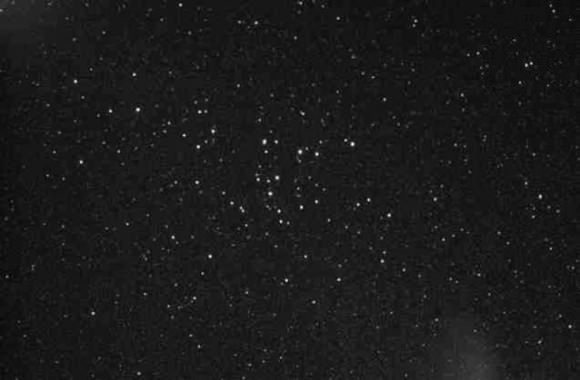
As legend has it, Queen Berenice offered her beautiful long tresses to the gods for the king’s safe return from battle. Touched by her love, the gods took Berenice’s sacrifice and immortalized it in the stars. The cluster is best in binoculars because of its sheer size, but you’ll find other things of interest there as well. Residing about 260 light-years away, this collection is one of the nearest of all star clusters, including the Pleiades and the Ursa Major moving group. Although Melotte 111 is more than 400 million years old and contains no giant stars, its brightest members have just begun their evolution. Unlike the Pleiades, the Queen’s Hair has no red dwarf stars and a low stellar concentration which leads astronomers to believe it is slowly dispersing. Like many clusters, it contains double stars, most of which are spectroscopic. With binoculars, it is possible to split star 17, but it will require very steady hands.
 May 15, 2010 – Today we celebrate the 1857 birth on this date of Williamina Paton Stevens Fleming, who pioneered in the classification of stellar spectra and discovered the stars we now call white dwarfs. Now get this: she began by working as a maid for Harvard Observatory’s Edward Pickering, who then took her to the observatory to do clerical work. Fleming ended up cataloging over 10,000 stars for Harvard in a period 9 years. You go, girl!
May 15, 2010 – Today we celebrate the 1857 birth on this date of Williamina Paton Stevens Fleming, who pioneered in the classification of stellar spectra and discovered the stars we now call white dwarfs. Now get this: she began by working as a maid for Harvard Observatory’s Edward Pickering, who then took her to the observatory to do clerical work. Fleming ended up cataloging over 10,000 stars for Harvard in a period 9 years. You go, girl!
Tonight let’s head out into space where we might get a ‘‘blackeye.’’ You’ll find it located just 1 degree east-northeast of 35 Comae Berenices, and it is most often called M64 (RA 12 56 43 Dec +21 41 00).
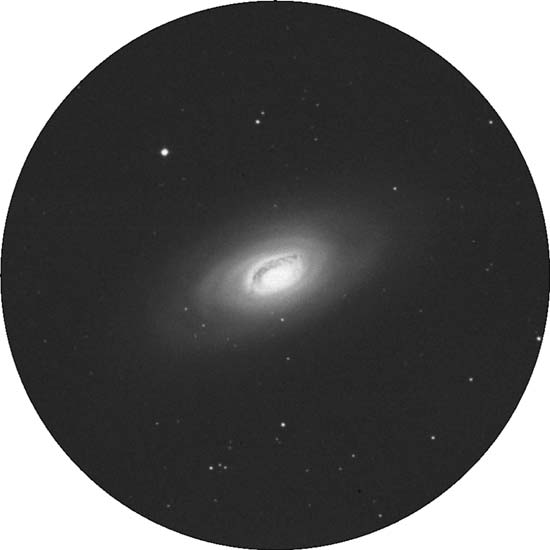
Discovered by Bode about a year before Messier cataloged it, M64 is about 25 million light years away and holds the distinction of being one of the more massive and luminous spiral galaxies. It has a very unusual structure and is classified as an ‘‘Sa’’ spiral in some catalogs and as an ‘‘Sb’’ in others. Overall, its arms are very smooth and show no real resolution to any scope, yet its bright nucleus has an incredible dark dust lane that consumes the northern and eastern regions around its core, giving rise to its nickname—the Blackeye Galaxy.
In binoculars, you can perceive this 8.5-magnitude galaxy as a small oval with a slightly brighter center. Small telescope users will pick out the nucleus more easily, but it will require both magnification and careful attention to dark adaptation to catch the dust lane. In larger telescopes, the structure is easily apparent, and you may catch the outer wisps of arms on nights of exceptional seeing. No matter what you use to view it, this is one compact and bright little galaxy!
May 16, 2010 – Today we’d like to wish Roy Kerr a happy birthday! Born on this date in 1934, Kerr solved Einstein’s field equations of general relativity to describe rotating black holes, or the space/time around them. The solution, called now a Kerr black hole, shows a vortex-like region outside the event horizon known as the ergo-region. In this region, space and time are dragged around with the rotating parent black hole.
Tonight let’s use our binoculars and telescopes to hunt down one of the best globular clusters for the Northern Hemisphere— M3 (RA 13 42 11 Dec+28 22 31). You will discover this ancient beauty about halfway between the pair of Arcturus and Cor Caroli, just east of Beta Comae. The more aperture you use, the more stars you will resolve.

Discovered by Charles Messier on May 3, 1764, this ball of approximately a half-million stars is one of the oldest formations in our galaxy. At around 40,000 light years away, the awesome M3 globular cluster spans about 220 light-years and is believed to be as much as 10 billion years old. To get a grasp on this concept, our own Sun is less than half that age! M3 is 40,000 years away, traveling at the speed of light; yet we can still see this great globular cluster.
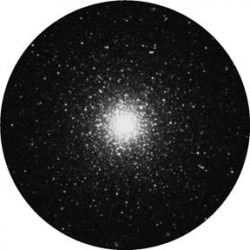 Now let’s locate M53 (RA 13 12 55 Dec +18 10 09), near Alpha Comae. Aim your binoculars or telescopes there and you will find M53 about a degree northeast. This very rich, magnitude 8.7 globular cluster is almost identical to M3, but look at what a difference an additional 25,000 light-years can make as to how we see it!
Now let’s locate M53 (RA 13 12 55 Dec +18 10 09), near Alpha Comae. Aim your binoculars or telescopes there and you will find M53 about a degree northeast. This very rich, magnitude 8.7 globular cluster is almost identical to M3, but look at what a difference an additional 25,000 light-years can make as to how we see it!
Binoculars can pick up a small, round, fuzzy patch, while larger telescopes will enjoy the compact bright core as well as resolution at the cluster’s outer edges. As a bonus for scopes, look 1 degree to the southeast for the peculiar round cluster, NGC 5053. Classed as a very loose globular, this magnitude 10.5 grouping is one of the least luminous objects of its type, due to its small stellar population and the wide separation between members, yet its distance is almost the same as that of M3!
Until next week, enjoy your observations and keep on looking at the stars!
This week’s awesome images are: Skylab 1 courtesy of NASA, Melotte 111 courtesy of Astronaut Don Petit (NASA), Williamina Paton Stevens Fleming (historical image), M64, M3 and M53 are Palomar Observatory, courtesy of Caltech)


